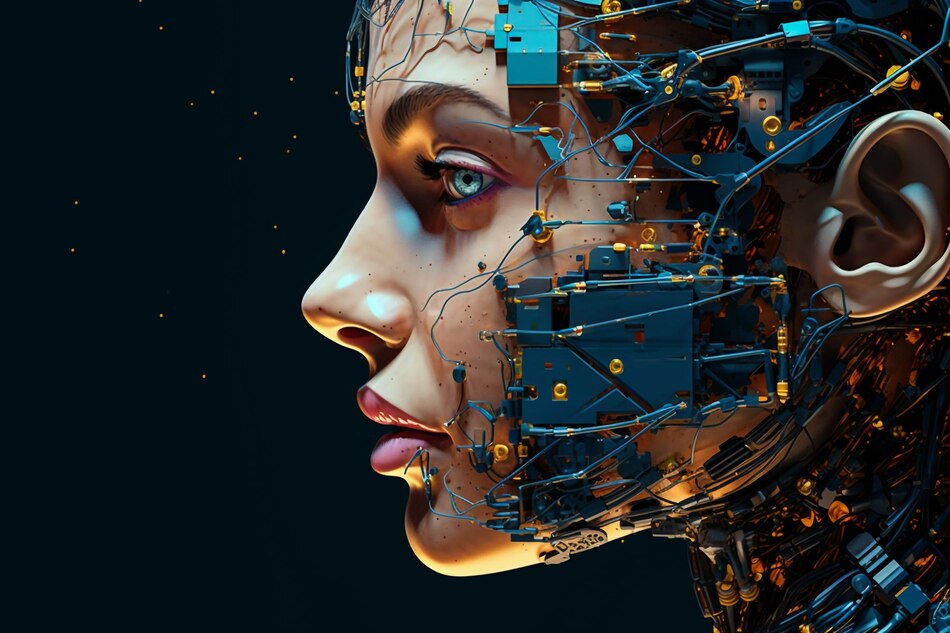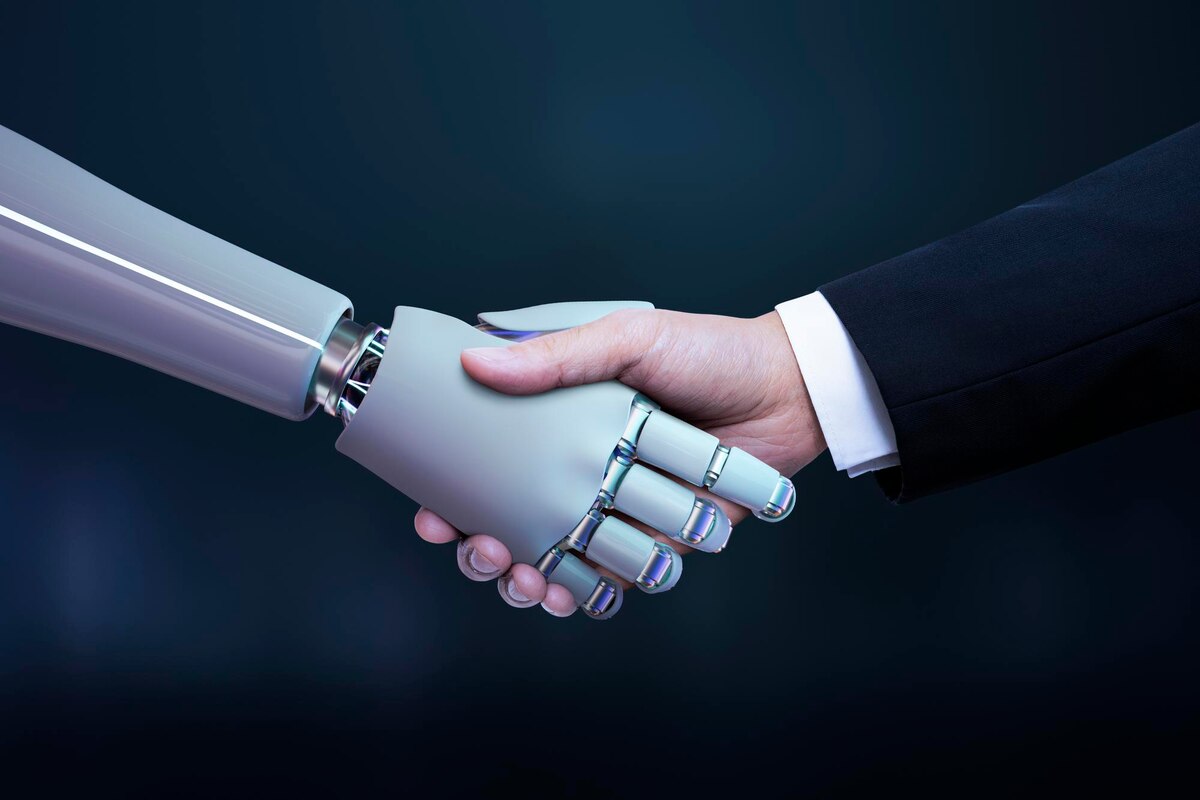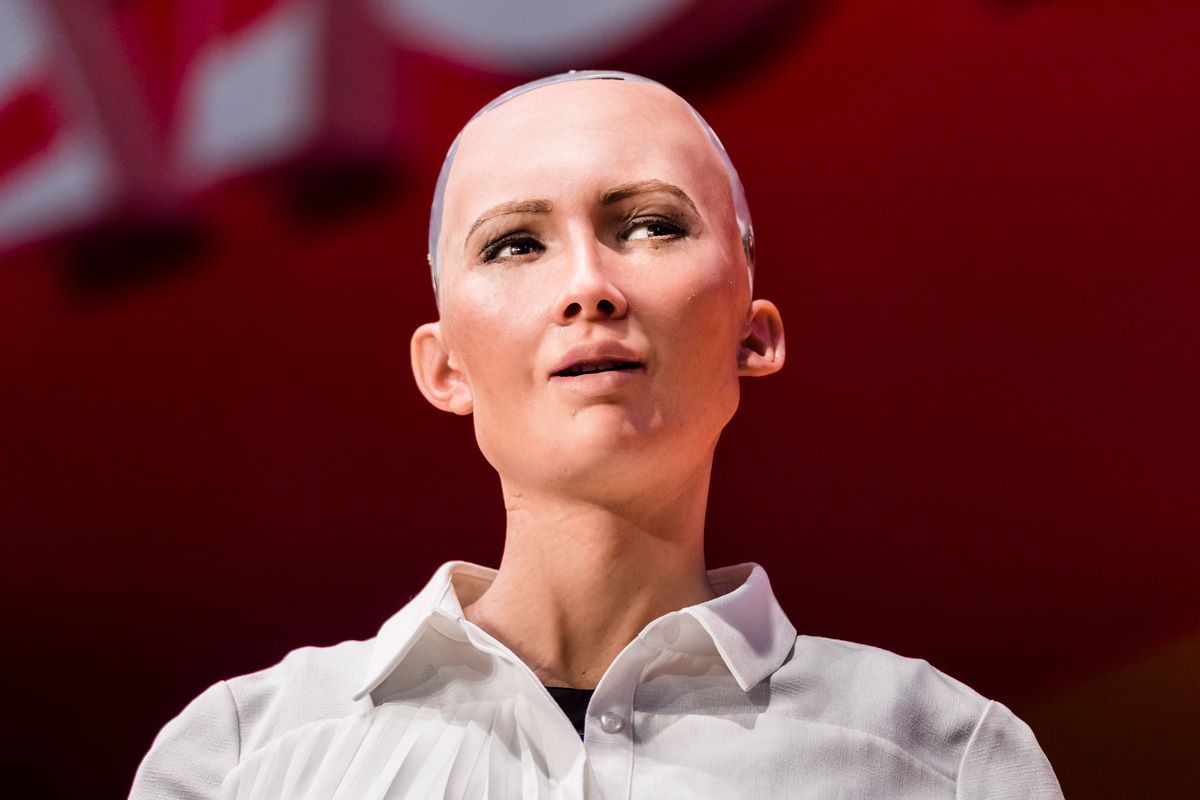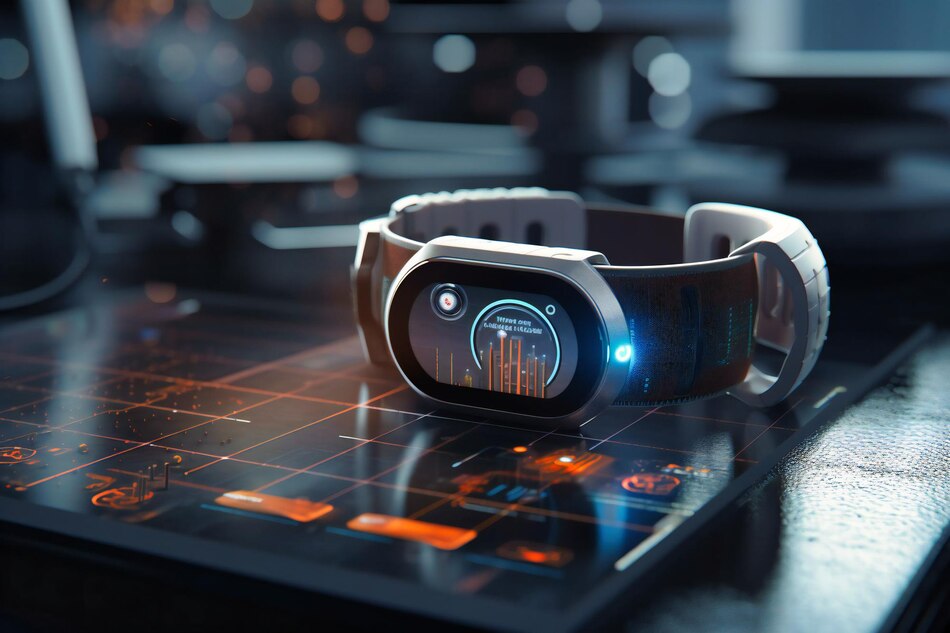AI And Wearable Technology: Transforming Health Monitoring And Patient Care
AI And Wearable Technology: Transforming Health Monitoring And Patient Care
Working together, smart technology and artificial intelligence (AI) are the start of a new era in healthcare. This groundbreaking relationship is changing how medical care is given and generating unexpected new ideas. Smart technology and AI will become more common in our daily lives.
This will change the future of health tracking by allowing for constant monitoring, early disease detection, and better online patient care. In a constantly changing world, combining AI and smart tech is key to making big changes that will heal the planet.
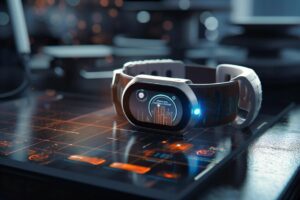
The Rise Of Wearable Health Devices
Wearable health gadgets have come a long way since they were first made as simple pedometers. Smartphones, exercise apps, and health tools are important every day. People who use them learn valuable things about their health and become more health-aware.
People used to think that these tools were only for exercise, but now they have many other uses as well. Wearables can help with many health problems, like using GPS to track your heart rate and sleep. Wearable glucose monitors let people with diabetes be watched in real-time, and people with heart problems can benefit from having their ECGs tracked all the time. Gadgets can now be used in several ways to help with health.
The cool thing about modern gadgets is that they’re easy to use daily. These tools used to only be for people who liked working out, but now they can also help people who are sick in different ways. Not only is it necessary to keep track of exercise, but they also give detailed information about many health issues. As technology improves, gadgets will become more functional, providing various health indicators and diagnostic tools.
How AI Improving Health Monitoring
Smart technology that you wear and computer programs called AI work together to make tracking your health more useful. AI has to deal with the huge amounts of data that smart tech generates. These tools always keep track of your health, including how much you exercise and sleep. AI programs look through this vast amount of data and find trends and outliers a person might miss.
AI is essential for using tools to track health because it finds things that aren’t normal. AI can change vital signs to let people know about possible health problems. If a device picks up a sudden, odd rise in heart rate while a person sleeps, it might mean that the person has an arrhythmia or trouble sleeping and needs to see a doctor. This practical way of keeping track of health can help find issues early on and make health better.
The fact that AI can change health data is a big plus beyond finding oddities. AI can learn about people’s unique patterns and habits and provide health tips. Based on these unique insights, users can make intelligent decisions about their health. For example, they can change their exercise goals, sleep better, or improve their food.
Early Disease Detection And Disease Prevention
Things with AI can help people avoid and find diseases early, which is one of the most incredible things about them. These tools constantly monitor various health factors, which helps find health risks early. With smart health technology, you can find things like high blood pressure or uneven heartbeats early on, which are signs of possible heart problems.
This shows how effective it is. This method could really improve people’s health. For example, wearable tech with AI can help keep long-term problems under control. Tracking glucose constantly and getting real-time information and messages can help people with diabetes.
People who are also likely to have seizures can use technology to get help and signs. AI and smart technology make it easier to treat illnesses and improve the lives of people who have had them for a long time. As AI improves, smart technology will be very important for public health.
They can monitor sicknesses and act quickly because they remember essential signs and symptoms. Wearable AI devices could provide valuable data for monitoring and controlling infectious diseases, which would be a smart way to handle public health issues.
Remote Patient Monitoring
When AI and smart technology come together, they create a new era of online patient tracking that changes the way healthcare is provided. This unique idea is fundamental now that people live longer and develop more long-term diseases. With online patient tracking, doctors and nurses can monitor their patients’ health without visiting them as often.
People with long-term illnesses like diabetes or high blood pressure can keep track of their health with wearable tech that AI controls. The data these gadgets gather is sent safely to healthcare workers so they can keep an eye on patients’ progress from away and act quickly if they need to. This not only makes healthcare facilities less crowded, but it also gives people more power over their health.
Using the internet to track patients is even more critical during public health situations like the spread of COVID-19. Wearables with AI built-in can monitor vital signs and spot early signs of illness, helping doctors find possible cases more quickly. This skill is essential for ensuring that help gets to people quickly and stopping the spread of dangerous diseases.
Conclusion
Wearables powered by AI are at the center of big changes in healthcare that are making everyone healthier. These tools say they can always monitor health, prevent diseases before they start, and improve online patient care. As these tools improve, they will have a big impact on people’s and the public’s health.
To ensure people have power over their health data, it’s important to find a good balance between new ideas and privacy protection. AI and smart tech are changing the world. They’re making it possible for personalized and preventative health care to become the norm.


